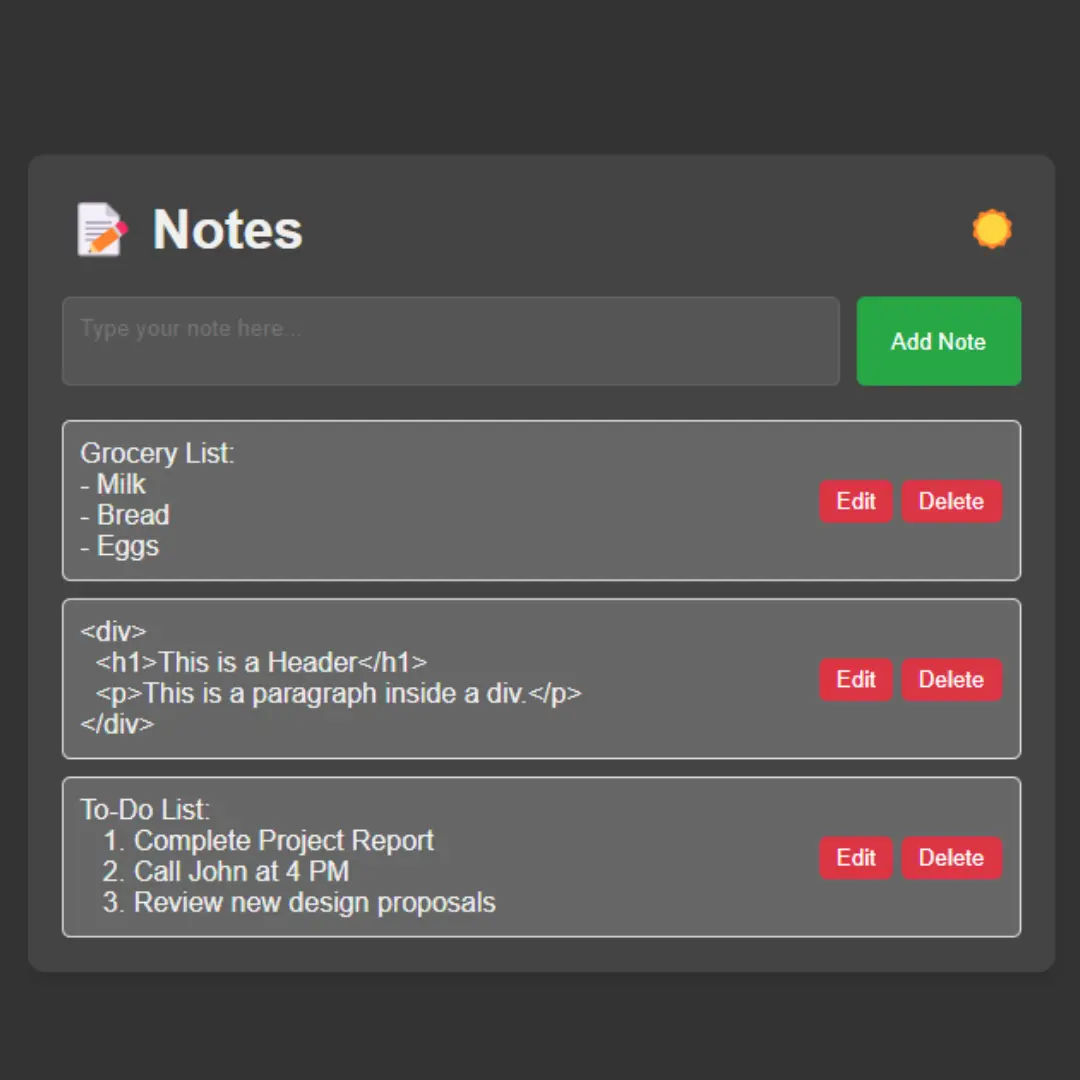Learn how to create a Library Management System in C programming. Follow this simple guide with easy steps and code examples to build your own system.

Introduction
Creating a Library Management System in C programming is a great way to practice and improve your coding skills. This system helps manage library records like book information, borrowing details, and user records. By following this guide, you'll learn how to create a simple yet effective Library Management System using C programming language.
In this blog, we’ll cover the step-by-step process, including the code for adding, displaying, and managing library records. Whether you're a beginner or an intermediate programmer, this guide will help you build your own Library Management System in C.
Step-by-Step Guide to Create a Library Management System in C
Step 1: Setting Up the Environment
Before starting, make sure you have a C compiler installed, such as GCC or Turbo C. You can use any text editor like Code::Blocks, Dev-C++, or Visual Studio Code to write your code.
Step 2: Defining the Structure
Start by defining the structure for the library system. The structure will store book details like title, author, ISBN number, and the number of copies.
#include <stdio.h>
#include <string.h>
struct Book {
char title[50];
char author[50];
int ISBN;
int copies;
};
Step 3: Creating the Functions
Next, create functions to add books, display books, and search for a book by its ISBN. These functions will handle the core operations of the library system.
Add Book Function
This function will allow you to add new books to the library.
void addBook(struct Book library[], int *bookCount) {
printf("Enter the title: ");
scanf("%s", library[*bookCount].title);
printf("Enter the author: ");
scanf("%s", library[*bookCount].author);
printf("Enter the ISBN: ");
scanf("%d", &library[*bookCount].ISBN);
printf("Enter the number of copies: ");
scanf("%d", &library[*bookCount].copies);
(*bookCount)++;
printf("Book added successfully!\n");
}
Display Books Function
This function will display all the books available in the library.
void displayBooks(struct Book library[], int bookCount) {
for (int i = 0; i < bookCount; i++) {
printf("Title: %s\n", library[i].title);
printf("Author: %s\n", library[i].author);
printf("ISBN: %d\n", library[i].ISBN);
printf("Copies: %d\n\n", library[i].copies);
}
}
Search Book by ISBN Function
This function allows users to search for a book using its ISBN number.
void searchBook(struct Book library[], int bookCount, int ISBN) {
for (int i = 0; i < bookCount; i++) {
if (library[i].ISBN == ISBN) {
printf("Book found:\n");
printf("Title: %s\n", library[i].title);
printf("Author: %s\n", library[i].author);
printf("Copies: %d\n", library[i].copies);
return;
}
}
printf("Book not found.\n");
}
Step 4: Implementing the Main Function
In the main function, create a menu that allows users to choose different operations like adding a book, displaying all books, or searching for a book.
int main() {
struct Book library[100];
int bookCount = 0;
int choice;
int searchISBN;
do {
printf("\nLibrary Management System\n");
printf("1. Add Book\n");
printf("2. Display Books\n");
printf("3. Search Book by ISBN\n");
printf("4. Exit\n");
printf("Enter your choice: ");
scanf("%d", &choice);
switch (choice) {
case 1:
addBook(library, &bookCount);
break;
case 2:
displayBooks(library, bookCount);
break;
case 3:
printf("Enter ISBN to search: ");
scanf("%d", &searchISBN);
searchBook(library, bookCount, searchISBN);
break;
case 4:
printf("Exiting the system.\n");
break;
default:
printf("Invalid choice! Please try again.\n");
}
} while (choice != 4);
return 0;
}
Step 5: Compiling and Running the Program
- Save your C code in a file with a
.cextension, for example,library_management.c. - Open your terminal or command prompt.
- Navigate to the directory where your file is saved using the
cdcommand. - Compile your code using the GCC compiler by typing:
gcc library_management.c -o library_management
This command compiles your code and creates an executable file namedlibrary_management.
Running the Program
- After compiling, In the same Command Prompt window, type:
library_management
- Follow the on-screen instructions to interact with your Library Management System.
Step 6: Testing the System
After running the program, test each function to ensure it works as expected. Try adding multiple books, displaying them, and searching by ISBN. Make sure the system handles all operations correctly.
Conclusion
Creating a Library Management System in C programming is an excellent way to enhance your programming skills. This guide provides you with the basic structure and functions needed to build the system. You can further expand this project by adding features like book borrowing, user management, and overdue notifications.
By following this step-by-step guide, you’ll be able to create a functional Library Management System that can be customized and expanded as needed.
That’s a wrap!
I hope you enjoyed this article
Did you like it? Let me know in the comments below 🔥 and you can support me by buying me a coffee.
And don’t forget to sign up to our email newsletter so you can get useful content like this sent right to your inbox!
Thanks!
Faraz 😊


























